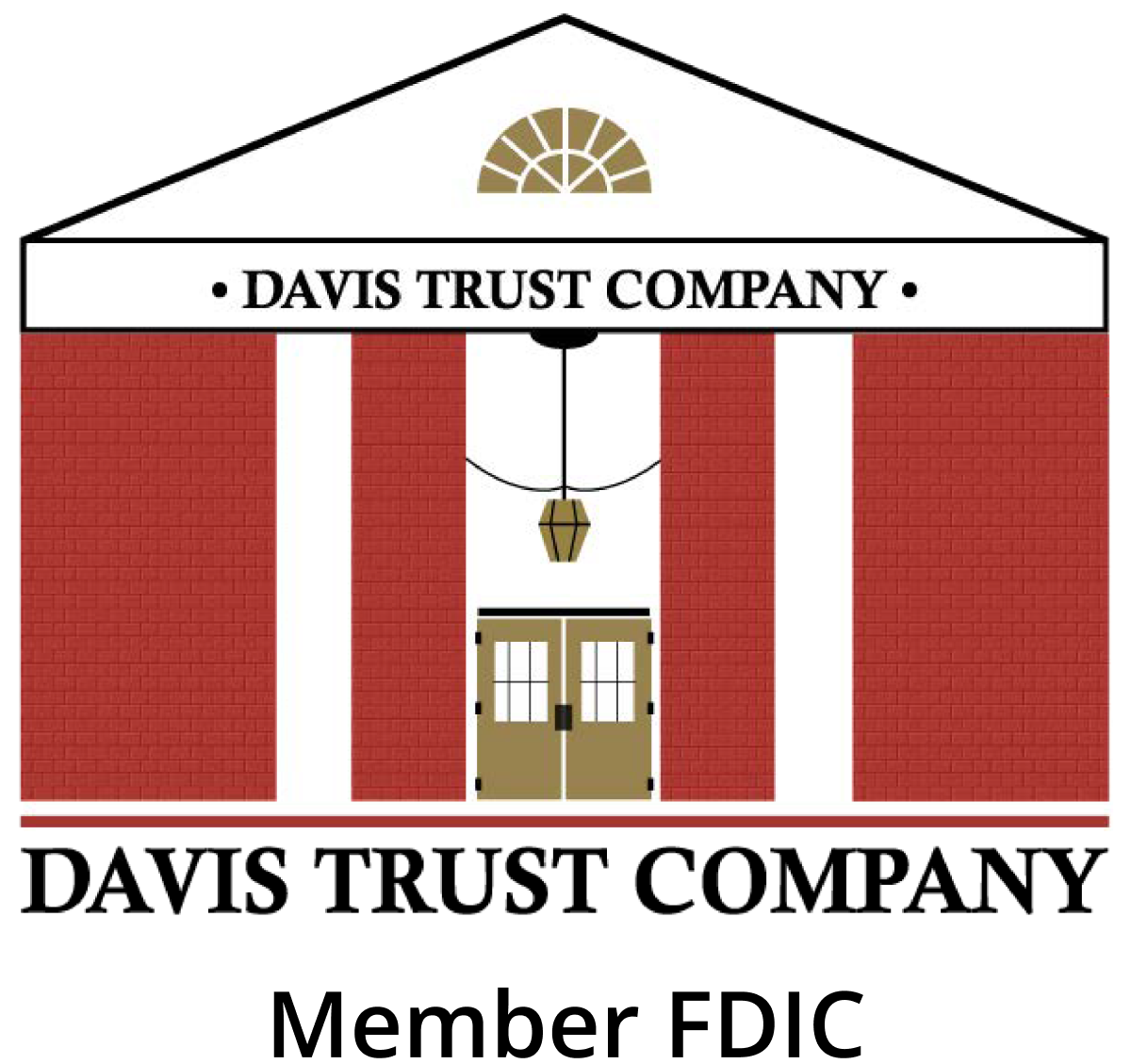Why interest rates change: How banks and credit unions set rates

The Federal Reserve met in May and held interest rates steady. With inflation remaining higher than expected, experts are now not expecting rate cuts to arrive until the end of 2024 or even 2025.
While this does mean that interest rates generally will remain at or near their current peaks for the coming months, we have also begun to see industry-wide that banks and credit unions have begun to decrease rates on savings accounts and CDs.
While this may seem counterintuitive, banks and credit unions may take into consideration a variety of factors when determining their interest rates.
What factors determine interest rates
When determining their interest rates, financial institutions may factor in any Fed rate hikes or decreases. However, the decision can be more complicated than that.
For instance, a bank’s individual funding needs will likely be part of the calculation. If a bank or credit union is seeing lower loan volume than they had expected, their need for deposits may be lower. Thus, they may adjust their interest rates on deposit products accordingly, meaning lower rates.
Other market conditions may come into play as well when banks and credit unions are setting their rates as there is typically correlation between inflation and interest rates. More recently, inflation has been a driver of federal interest rate increases, bringing rates to their highest in decades. While this has made it more expensive to borrow funds, it has created a beneficial environment for savers to grow their money.
Essentially, higher inflation means decreased purchasing power in the future. In order to account for this, you can generally expect financial institutions to account for this with higher interest rates.
While the Federal Reserve may hold rates steady, there are a variety of other factors that determine interest rates. Thus, you may see lower rates on savings products despite headlines proclaiming rates remain unchanged.
Will interest rates go down?
While the Federal Reserve is expected to cut rates at some point in the future, for the moment the timeline remains unclear. What we are seeing is that banks and credit unions are changing their rates based on market conditions. For savers, this may be a source of concern for lost interest-earning potential.
While this concern may be warranted, there are fortunately a few ways savers can take advantage.
The good news remains that interest rates on savings accounts and CDs remain significantly higher than they were just a few years ago, meaning the potential returns on your savings remains in a strong position. Even better is to make sure you’re earning one of the best rates in the nation, such as with one of Raisin’s partner banks or credit unions.
Concerned about further rate decreases? Locking in a fixed rate with a high-yield CD can allow you to accurately predict your returns. And, by fixing your rate for your CD’s term, you can hedge your bet against any future rate decreases.
Take a look below to see some of the current top CD offers on the Raisin platform.
$
Bank
Product
APY
New Raisin Users: 60-Day Rate Lock

mph.bank, a division of Liberty Savings Bank, F.S.B., Member FDIC
High-Yield Savings Account
4.01%
$2,005.00
Raisin is not an FDIC-insured bank or NCUA-insured credit union and does not hold any customer funds. FDIC deposit insurance covers the failure of an insured bank and NCUA deposit insurance coverage covers the failure of an insured credit union.
More about interest rates
How often do interest rates change?
The Federal Reserve’s Federal Open Market Committee typically meets eight times per year to set the federal funds rate, which can be one factor in the interest rates offered by banks and credit unions. Banks and credit unions may change their interest rates at any time.
When do interest rates change?
Interest rates set by financial institutions may be subject to change at any time, subject to each specific product’s terms.
Why can banks change interest rates?
Banks might change their interest rates for a variety of reasons, including rates set by the Federal Reserve, market conditions, and institutional funding needs.
How much do interest rate fluctuations impact your savings?
Seeing the interest rate on your high-yield savings account decrease can be worrisome. However, using an interest rate calculator, it’s easy to see that minor changes have minor impacts in the long term. For instance, if you had a savings account with $100,000 deposited and its rate dropped from 5.00% to 4.85%, that would look like a major drop. However, your annual interest earnings would drop by just $150 — or roughly 41 cents less per day.
Who benefits from rising interest rates?
In the case of deposit products, savers can benefit from rising or elevated interest rates. Higher interest rates means higher interest payments on deposits held with a financial institution. Lenders also benefit from higher interest rates, as they will receive increased interest payments from borrowers.
What is the reason for interest rate increases?
There are many factors for fluctuating interest rates. In addition to the Federal Reserve’s set rates, interest rates may change due to market conditions such as inflation. You may also see interest rates going up if there is an increase in loan demand, while they will typically stay decrease in correlation with lower loan demand.
Why do interest rates go up with inflation?
The Federal Reserve may increase interest rates to combat inflation, as they have done in recent years. This creates a correlation between inflation and interest rates that also allows financial institutions to consider the decreased purchasing power of money they lend.
What is the effect on spending in the economy caused by changing the interest rate?
With interest rates going up, typically businesses and consumers will spend less money. As spending goes down, generally so too will earnings, which can then impact stock prices.



